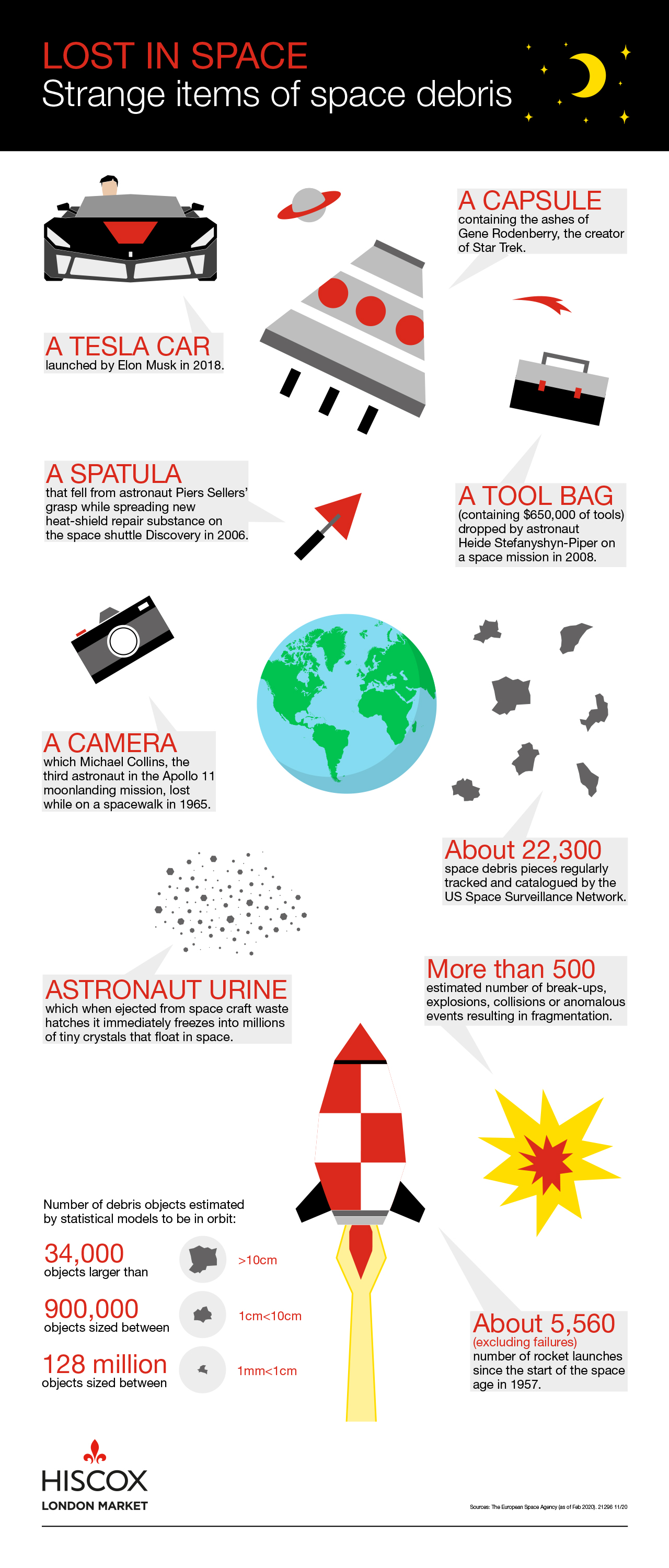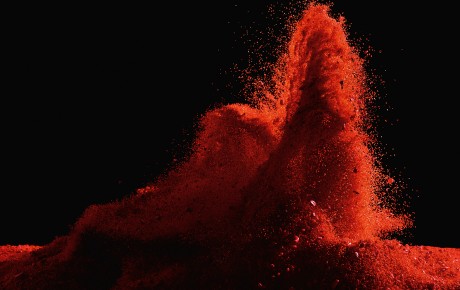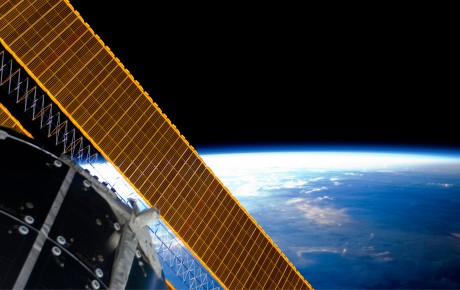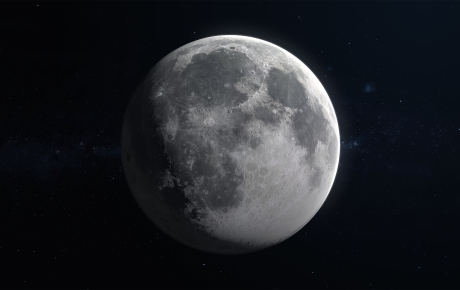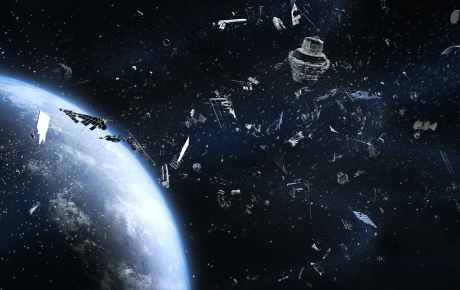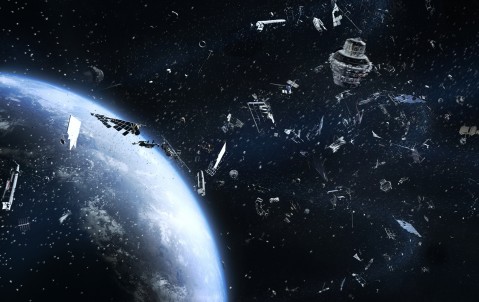
Lost in space
The heavens above us aren’t just full of stars. They’re also strewn with rubbish that’s an increasing threat to space missions.
In 2015, the crew of the International Space Station (ISS) were instructed to seal themselves in a space capsule, ready to use it as a life raft back to Earth in case the station was hit by a piece of debris that was hurtling towards it.
The popular image of space is of an empty, unsullied void. In fact, it’s littered with the detritus of 70 years of the space race: thousands of obsolete satellites, spent rockets, fragments of old spacecraft, right down to bits of broken-off insulation and flaked-off paint. There are estimated to be as many as 128 million pieces of space debris floating in orbit above Earth.
This clutter is a growing danger with satellites now part of our everyday lives and as we embark on a new era of space exploration that could ultimately see shuttle services between Earth and the Moon and Mars.
There are estimated to be as many as 128 million pieces of space debris floating in orbit above Earth.
“One of the most pressing threats to the long-term sustainability of space operations is the accumulation of space debris in Earth’s orbits, in particular in the low-Earth orbit,” stated a recent report by the Organisation for Economic Co-operation and Development (OECD).
In October, an old Russian satellite and a spent Chinese rocket narrowly avoided hitting each 1000km above Antarctica. A collision would have created many more pieces of space debris, threatening further accidents. In 2007, an old Chinese weather satellite exploded into more than 3,000 fragments – more than 20% of all space debris currently tracked.
Floating at 17,000mph
It might seem overly cautious for astronauts in the ISS, a spacecraft larger than a football field, to take refuge from something the size of a dinner plate, but the idea of floating in space is highly deceptive. Orbiting the Earth involves moving at mind-bending speeds. The two were on a collision course at a combined speed of 31,000mph, meaning the plate-sized chunk could have destroyed the space station if it had hit. It missed, luckily.
Most space debris, often measuring only centimetres or less, is too small to be tracked, but is large enough to damage a spacecraft. At orbital speed, a blueberry-sized piece of debris – of which there are hundreds of thousands in space – would have the same force as having an anvil fall on you; an object as big as a plum – tens of thousands of which are orbiting Earth – would have the same force as being hit by a bus. A chunk the size of a softball would have the energy of a large bomb.
Space is like the Wild West. That’s partly what makes it attractive to ambitious ‘NewSpace’ entrepreneurs.
So, the growth in space debris makes launching new satellites and rockets riskier. Part of the problem is that there are very few hard-and-fast rules about operating in the heavens. “Space is like the Wild West. That’s partly what makes it attractive to ambitious ‘NewSpace’ entrepreneurs. But, unless something is done, space debris could become such a problem that certain low-Earth orbits might effectively become unusable in the not-too-distant future,” says Pascal Lecointe, Space Line Underwriter at Hiscox London Market.
What can be done?
It’s not as easy as sending a rubbish truck up into space to pick up litter – try catching a flake of paint travelling faster than a bullet.
The first priority is to try to minimise the creation of further space debris, experts agree. The UN set out guidelines in 2010, which include recommendations to spacecraft designers as well as to states to not intentionally create more debris. In the past, engineers deliberately jettisoned everything from rocket stages to hatch covers into space during missions, while governments have carried out weapons tests – the Chinese government blew up its satellite in 2007 as a show of extraterrestrial power.
Arguably, the most important rule the UN established states that low-Earth orbits should be prevented from becoming further littered with dead satellites, by ensuring they self-destruct within 25 years of the end of their operational life by nudging them towards Earth’s atmosphere where they will burn up on re-entry.
Only about one in five defunct satellites are reportedly moved by their engineers into a re-entry orbit, however. That’s often because their operators hope they will eventually fall back to Earth. But, while satellite operators in Europe and the US must prove how they plan to dispose of their old craft, that isn’t always the case elsewhere. “Tighter regulation is needed,” Lecointe says.
Avoiding the existing problem
Tighter policing of the regulations, though, doesn’t solve the problem of the millions of pieces of debris already up in space. Scientists are trying to find ways of cleaning up space, but a solution is years away.
So, better traffic management measures are needed, so that satellite and rocket operators can avoid colliding with objects in orbit.
The snag is that less than 0.02% of space debris can currently be tracked from Earth. NewSpace companies, sensing an opportunity, are developing systems to track much smaller objects. Leo Labs, a Silicon Valley start-up, now offers the first commercial tracking service for objects in low-Earth orbit through a global network of radars. It can track objects as small as 2cm and provides subscribers with real-time alerts on potential collisions. It was Leo Labs who sounded the alarm about the possible satellite pile-up in October.
Tackling the space debris problem requires all space operators – companies and national agencies alike – to co-operate. The OECD points to how governments have worked together to try to tackle climate change as a possible template for how they can also develop guidelines for cutting pollution in space, including potentially using a similar system of ‘green’ taxes and tradeable permits.
Insurers also have a role to play, says Lecointe. “More data will become available in the next few years that will inform our underwriting decisions. For example, we might discover from space tracking services that the risk of launching satellites into a particular orbit is higher than in others. If so, insurers might require operators to take added risk-management measures, such as having propulsion onboard satellites, so they can change height to avoid collisions and de-orbit when they become obsolete.”
Ultimately, it’s about reinforcing good behaviour by discouraging bad habits, Lecointe argues – standard insurance practice for many years. But, action is needed fast, as the stakes are so high. “Space debris is a growing concern for space operators. But, it should be a worry for everyone, because if a couple of satellites get knocked out we won’t just lose our internet connection, weather forecasts or satnavs. Our whole banking system relies on satellite communications and could also go down. That really would be a wake-up call.”
